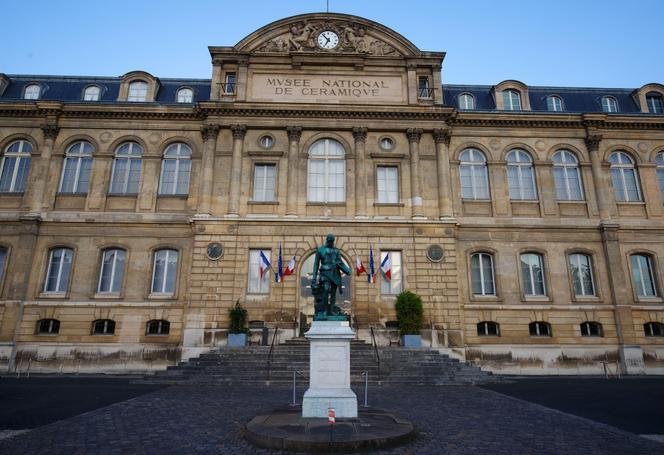


The alliance is now official. The Mobilier National, a prestigious public body that includes workshops and handles France's national furniture collections, and the Cité de la Céramique-Sèvres & Limoges, which groups a museum and workshop for ceramic and porcelain art, will merge in early 2025. "We need to avoid administrative monsters," said Hervé Lemoine, head of the Mobilier National, when he announced in September how these two similar but not identical institutions would converge. His preference at the time was for a flexible association, with interlocking governance bodies, along the lines of the Louvre and Louvre-Lens museums.
Culture Minister Rima Abdul Malak has instead opted for a "federal-type" public administrative establishment. "The idea of maintaining two establishments would have been more cumbersome," explained the minister's entourage, the objective being to preserve the know-how and excellence of each pole and the specificities of each profession. "The chosen form is the most ambitious," said Lemoine, who drew comparisons with the public establishment Paris Musées, which oversees 14 Parisian museums, and the Centre des Monuments Nationaux (CMN), which oversees around 100 monuments.
Lemoine, a close friend of First Lady Brigitte Macron, is tasked with putting together the new merged enterprise, but he will be able to rely on a man he trusts: René-Jacques Mayer. The former creative director at Mobilier National will take over the reins of the Cité de la Céramique this week from Irène Basilis, who has been appointed deputy director of the Opéra-Comique. The new head of Sèvres arrives on familiar ground: after serving as general secretary, he directed production and marketing for 11 years.
The future establishment is part of the careers in art plan, announced in May by the government, to revitalize a sector under pressure, create a powerful public pole alongside the major private luxury groups, and give a common horizon to institutions hitherto operating in dispersed order.
The two institutions, both born before the Revolution, may share the same heritage, comparable human scales, more or less identical budgets (€9 million for the Mobilier National, €7 million for Sèvres, excluding payroll) and boast that they are both industries of slow-makers, the antithesis of the current over-consumption and disposable culture, but they have brazenly ignored each other.
In 70 years, they have only completed two projects together. "We work with the same artists, like Hélène Delprat or Françoise Pétrovitch, but separately," lamented Lemoine. This parallel approach has been detrimental both in terms of image and efficiency. When the artist Nicolas Buffe wanted to create a hybrid zebra combining tapestry and ceramics, he turned in desperation to a private manufacturer. "It's a shame to think that artists who want to innovate do so elsewhere than here," pointed out Lemoine.
You have 20% of this article left to read. The rest is for subscribers only.
